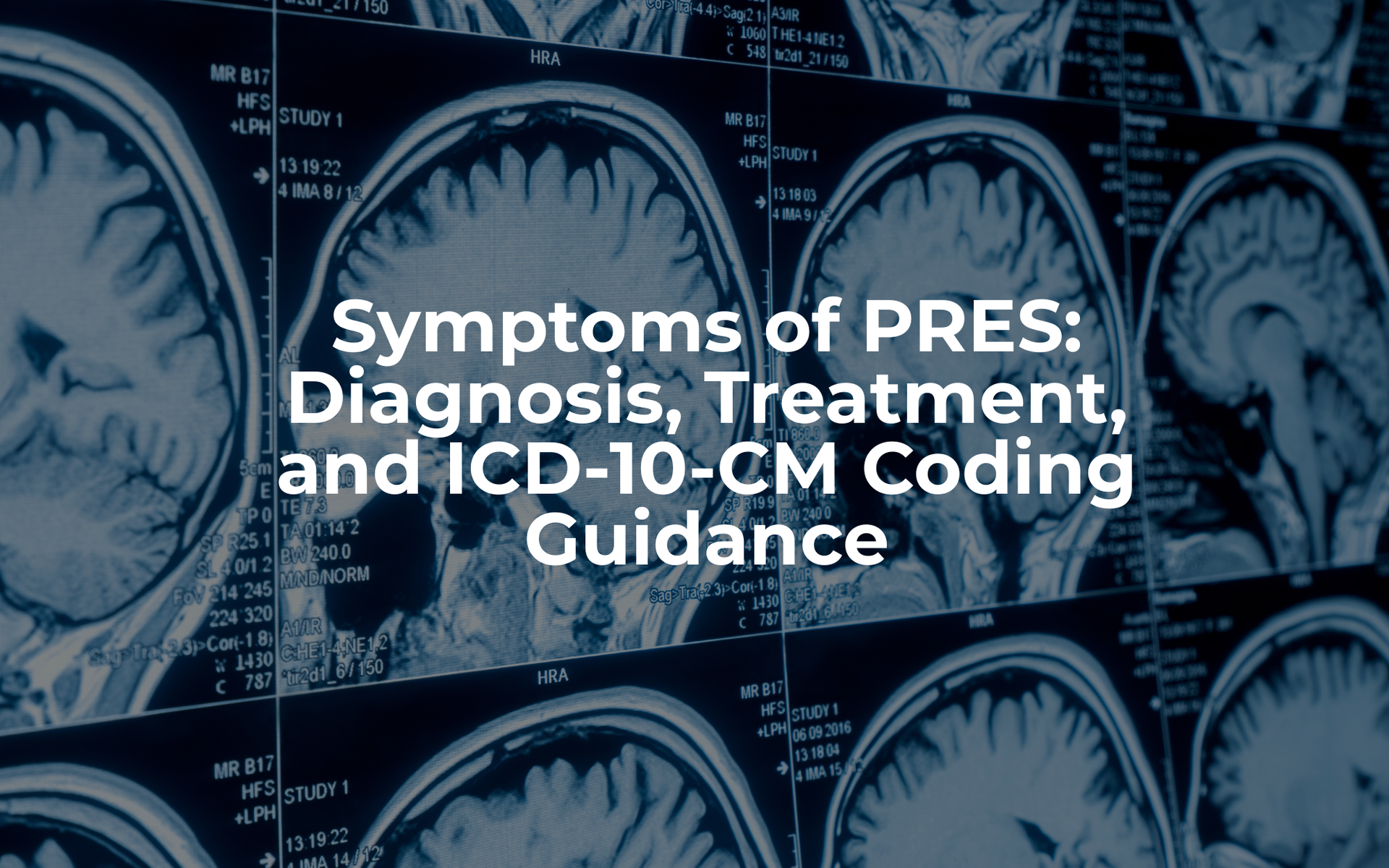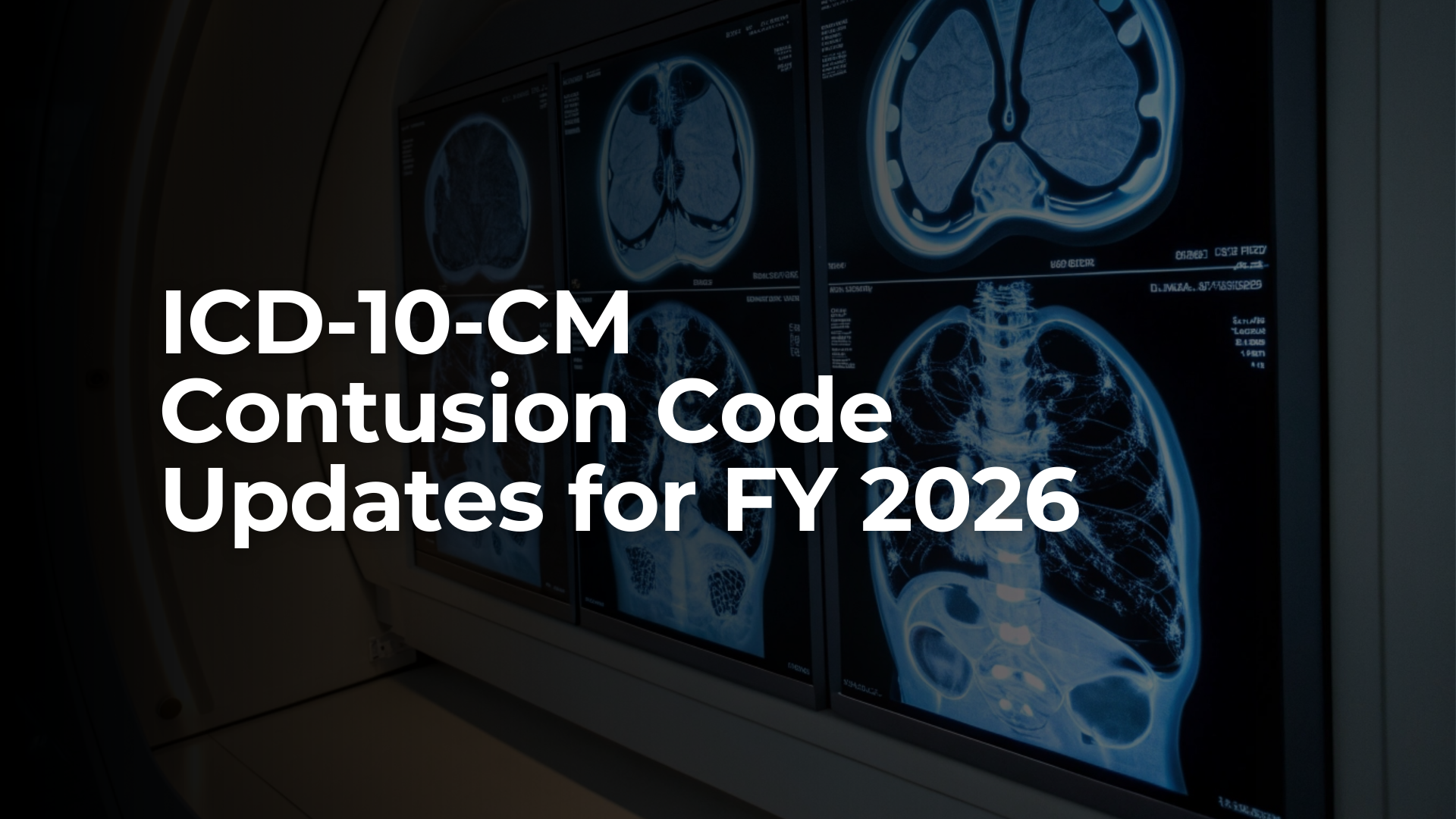
UASI | Mid-Revenue Cycle Solutions for Hospitals & Health Systems
Bridging Financial, Clinical & Operational Processes for Optimal Outcomes
Coding • CDI • Denial Management • Risk Adjustment • PSI Program Design, Implementation & Optimization • Assessments & Audits • Staffing & Managed Services • Education & Training
UASI helps healthcare organizations improve financial outcomes with solutions designed to support the mid revenue cycle — from clinical documentation and coding to auditing, education, and workflow optimization. Our services enhance accuracy, compliance, and efficiency across diverse care settings.
Proven Expertise in
Mid Revenue Cycle Performance
For more than 40 years, healthcare organizations have relied on UASI to improve accuracy and operational performance within the revenue cycle. Our specialists support coding, documentation, auditing, and process improvement to help health systems achieve better financial and compliance outcomes.
40+ Years
Supporting hospitals and health systems
1100 +
UASI is a trusted partner to more than 1,100Hospital Facilities and Physician Groups Nationwide
540
Nationally credentialed experts: CCS, CCDS, CDIP, RHIA, RN
96% +
Coding accuracy based on 3rd party audits

Top 3 Best in KLAS for outsourced coding for past 8 years
Comprehensive Healthcare Revenue Cycle Management Solutions
Mid-Rev Cycle Solutions that Work
Mid Revenue Cycle Consulting
Our consulting team partners with hospitals and health systems to strengthen mid-cycle accuracy, optimize workflows, and build compliant, scalable processes that support sustainable financial and operational performance.
Medical Coding Audits & Assesments
As one of the leading medical coding auditing companies, UASI delivers structured audit and assessment programs designed to improve coding accuracy, regulatory compliance, and financial integrity across coding, CDI, and revenue cycle operations.

Risk Based Solutions
Our risk-based solutions help organizations identify vulnerabilities, reduce error rates, and strengthen quality, accuracy, and compliance across critical revenue cycle functions.
Staffing & Managed Services
UASI offers flexible staffing and managed service models that ensure your organization has the right expertise at the right time, supporting continuity, accuracy, and operational efficiency.
Education & Training
Empower your teams with education and training programs that improve accuracy, elevate documentation quality, and support ongoing compliance across the mid revenue cycle.
Our Core Mid Revenue Cycle Services at UASI
Accurate and efficient coding coverage supported by ongoing quality monitoring and education.
Comprehensive CDI support including daily reviews, workflow alignment, and program development.
Strategies that reduce preventable denials, strengthen charge capture, and support a healthier healthcare revenue management cycle.
“I have worked with UASI for many years, they are my go to for CDI. UASI provides experienced CDI resources as well great products with their CDI assessment and their customizable CDI audits. Partnering with UASI is helping our CDI team continuously grow and improve.”
- Tallahassee Memorial Healthcare
How Our Revenue Cycle Management Solutions Support Your Organization
UASI delivers comprehensive mid revenue cycle support through consulting, assessments, education, and staffing models that strengthen documentation quality, coding accuracy, operational workflows, and financial performance. Our solutions are designed to scale with your organization and deliver measurable improvements.
Consulting & Optimization Capabilities
- Clinical Documentation quality and improvement
- Coding accuracy optimization and quality review
- Workflow redesign and process improvement
- Mid-cycle performance optimization programs
- Strategic recommendations to strengthen operational efficiency
Medical Coding Audits & Assesments Capabilities
- Inpatient, outpatient, and specialty coding audits
- CDI program assessments and quality reviews
- Risk-based audits tailored to organizational needs
- Detailed findings with actionable improvement plans
- Ongoing audit monitoring and accuracy reporting
Risk-Based Solutions Capabilities
- Identification of high-risk documentation, coding, and quality vulnerabilities
- PSI and quality measure analysis to reduce clinical and operational risk
- Risk adjustment documentation and coding review support
- Targeted reviews based on organizational risk drivers and performance trends
- Actionable insights to improve accuracy, compliance, and financial outcomes
Staffing & Managed Service Capabilities
- Flexible short- and long-term coding coverage
- Remote and hybrid staffing models
- CDI Leadership and Program Support
- Managed coding and CDI service programs
- Productivity, quality, and compliance monitoring
Education & Training Capabilities
- Coding education, workshops, and targeted training
- CDI development and documentation improvement training
- Denials and appeals education for clinical and coding teams
- Customized learning paths for hospitals and health systems
- Programs designed for rapid adoption and measurable ROI
Ready to Strengthen Your Mid Revenue Cycle?
Connect with UASI to explore mid-revenue cycle solutions that enhance coding, documentation, auditing, and operational workflows.
Stay informed with important CMS updates, coding guidance, regulatory changes, and best practices from UASI’s experts.
Stay ahead in healthcare with UASI’s monthly newsletter—your source for expert insights, regulatory updates, and proven strategies that drive clinical and financial success. Each issue delivers real-world case studies, tips for navigating coding and compliance changes, and the latest tools to support your team.
Subscribe today to stay informed and empowered in a fast-changing healthcare landscape.
Download the Provider Queries 101 article to learn how better documentation practices can have a significant impact on your organization's bottom line.
CDI Scenarios
Explore real-world CDI scenarios designed to strengthen documentation accuracy, clinical understanding, and compliant application of coding guidelines.
Coding Tips
Stay ahead with UASI Coding Tips featuring practical advice, industry updates, and best practices to enhance your coding accuracy and efficiency.
Sign up to receive monthly CDI & Coding Tips directly to your inbox!
Explore Careers at UASI
Join a nationally recognized team of healthcare revenue cycle specialists. UASI offers remote opportunities for coders, CDI professionals, auditors, and consultants.
CDI Specialist (RN) · CDI Auditor · CDI Second Level Reviewer · Coding Manager · Senior Inpatient Coder · OP Profee Coder · ED Remote Coder
Apply now and let's see if it's a good fit!























